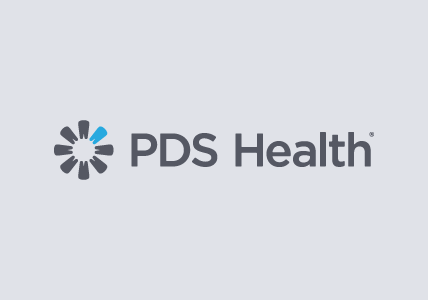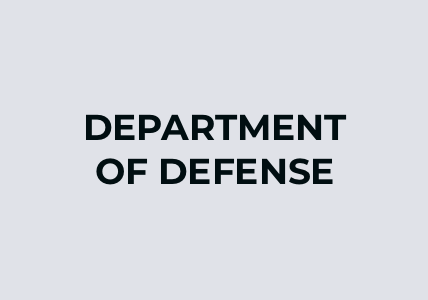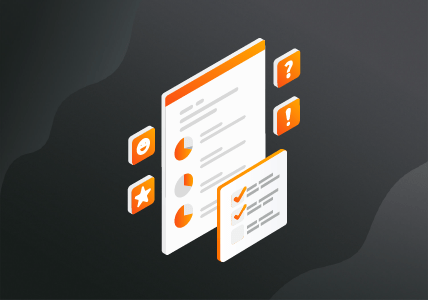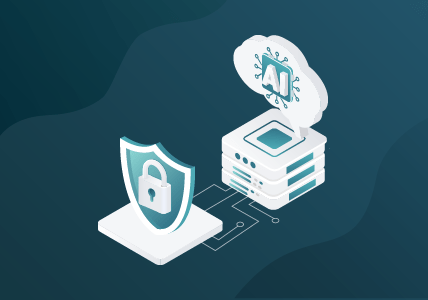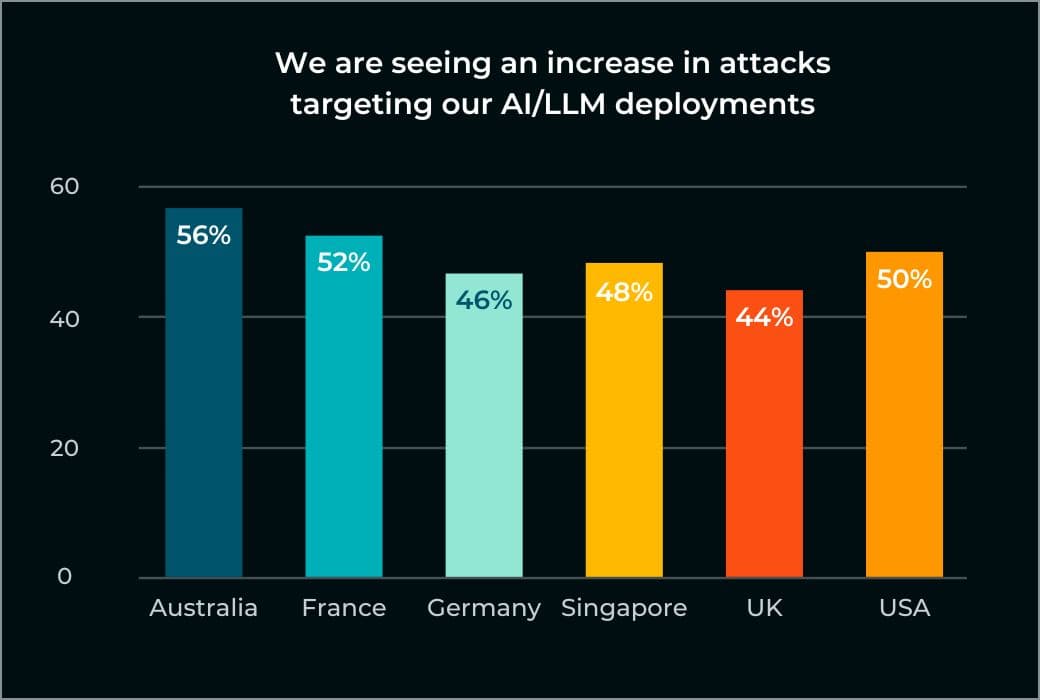AI Is Forcing Security Leaders to Rethink Hybrid Cloud Strategies
Breach rates are up 17 percent year over year, with 55 percent of organizations hit in the past 12 months. Nearly half say their tools failed to detect the breach.
AI is rapidly escalating cybersecurity complexity. A third of organizations report that network traffic has more than doubled in two years. At the same time, 91 percent of Security and IT leaders admit they are making tradeoffs, sacrificing visibility, relying on siloed tools, and working with poor-quality data.
The public cloud, once seen as a path to agility, is now considered the riskiest part of the hybrid cloud infrastructure by 70 percent of respondents. Nearly half still lack visibility into lateral East-West traffic, leaving them vulnerable to advanced threats like AI-powered ransomware.
But change is coming. Security leaders are reprioritizing. Eighty-eight percent agree that deep observability is critical to regaining control, restoring trust in their data, and making AI work for them instead of against them.
Key Learnings
Organizations are falling behind as threats escalate
More than half (55 percent) of organizations suffered a breach in the past year, up 17 percent, with half saying their current security tools failed to detect it.
Compromises are reshaping hybrid cloud security
91 percent admit to making compromises, from limited visibility and poor tool integration to lacking the high-quality data needed to support emerging workloads like AI.
AI is straining infrastructure, and attackers are capitalizing
AI is reshaping cybersecurity: one-third report doubled network data, 58 percent see more AI-powered attacks, and half say their large language models have been targeted.
Public cloud tops security concerns, prompting data shifts
70 percent see it as the riskiest environment. Half are hesitant to run AI in the public cloud and are considering moving workloads back on-prem.
New cybersecurity strategies are taking hold
In 2025, 64 percent will prioritize real-time monitoring, while 80 percent say network-derived telemetry is critical for securing AI and hybrid cloud with deep observability.
The CISO Perspective
More than 200 CISOs contributed to the report, offering insights into how hybrid cloud security risk is evolving and how AI is reshaping their cybersecurity strategies.
CISOs are prioritizing data quality over volume
Leveraging network and application metadata to optimize existing tools is a top 3 priority for 52 percent of CISOs
CISOs want to shape the risk agenda
36 percent of CISOs are seeking greater influence over AI and security-related business decisions
Complete visibility into all data in motion is key to CISO success
1 in 4 security leaders say complete visibility is the top success factor, while 85 percent view deep observability as essential to hybrid cloud security

“The future of cybersecurity is dynamic and requires constant change and adaptation to protect against today’s most complex threats. Network-derived telemetry across physical, virtual, and cloud environments is essential to determine the data moving across the network—including AI models—and mitigate cloud security risks."
Chaim Mazal, Gigamon Chief Security Officer
Download the 2025 Hybrid Cloud
Security Survey
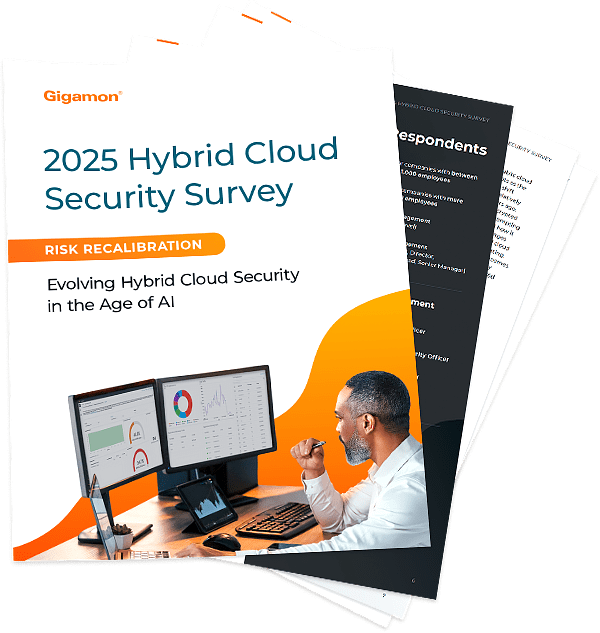
Get the Report
By submitting this form, you agree to our Terms & Agreement. View our Privacy Statement and Email Preferences.
Resources
See How Leaders View AI Risk
CISO Insights: Recalibrating Risk
2025 Hybrid Cloud Security Survey
Frequently Asked Questions
In 2025, cybersecurity trends are being shaped by the rapid adoption of AI, rising breach rates, and growing complexity in hybrid cloud environments. Over 55 percent of organizations experienced a breach in the past year, and nearly half say their tools are ineffective at detecting breaches. As a result, Security and IT leaders are prioritizing real-time threat monitoring, visibility into lateral East-West traffic, and deep observability as core pillars of hybrid cloud security strategy.
AI in cybersecurity is changing the way both adversaries and defenders operate. While AI helps organizations detect threats faster, it also introduces new vulnerabilities and expands the attack surface. AI can overwhelm traditional tools and create blind spots across hybrid cloud environments. To stay secure, businesses are shifting focus toward more adaptive strategies, including better visibility, stronger governance, and tools designed to handle AI-driven cyberattacks.
Cyberattacks are becoming more complex, with ransomware, phishing, and AI-generated threats growing in both frequency and effectiveness. Attackers are using automation, deepfakes, and social engineering to bypass conventional defenses. These evolving cybersecurity threats are harder to detect and respond to, especially in highly distributed environments.
Common cloud security risks include limited visibility, particularly in lateral East-West traffic, fragmented toolsets, and poor data quality. As hybrid cloud environments grow more complex, traditional tools often struggle to provide complete visibility. These risks can lead to undetected threats, misconfigurations, and gaps in compliance. To address cloud security threats, organizations are investing in tool optimization, deep observability, and architecture designed to eliminate blind spots.
The most effective cybersecurity strategies focus on improving visibility and building resilience across hybrid cloud infrastructure. Deep observability is at the core of this, enabling teams to detect previously unseen threats in real time and monitor lateral East-West traffic across environments. Unlike surface-level monitoring, it combines network-derived telemetry with log and trace data to deliver context-rich insights and actionable intelligence. Rather than adding more tools, leading organizations are optimizing their existing tech stacks and aligning them with business objectives to reduce risk and improve decision-making.
This year we surveyed over 1,000 Security and IT leaders across the globe to understand how AI is impacting hybrid cloud security. While many see AI as a path to efficiency, most also recognize it as a powerful accelerator of cyber risk—one that is reshaping their priorities and exposing new vulnerabilities. For additional information, download the report.
